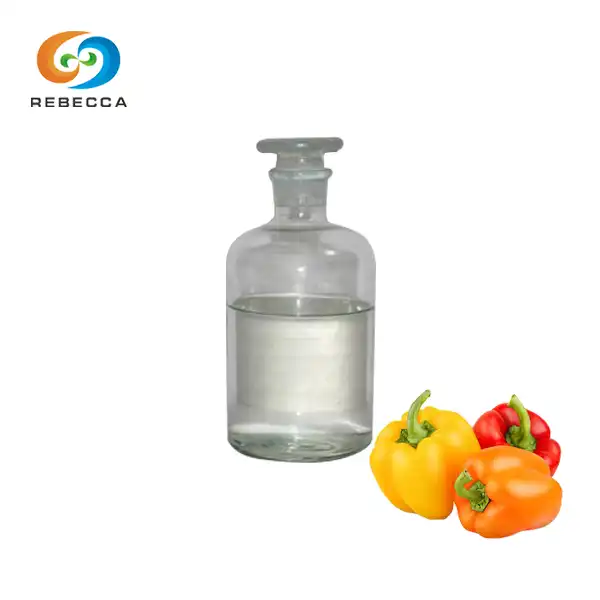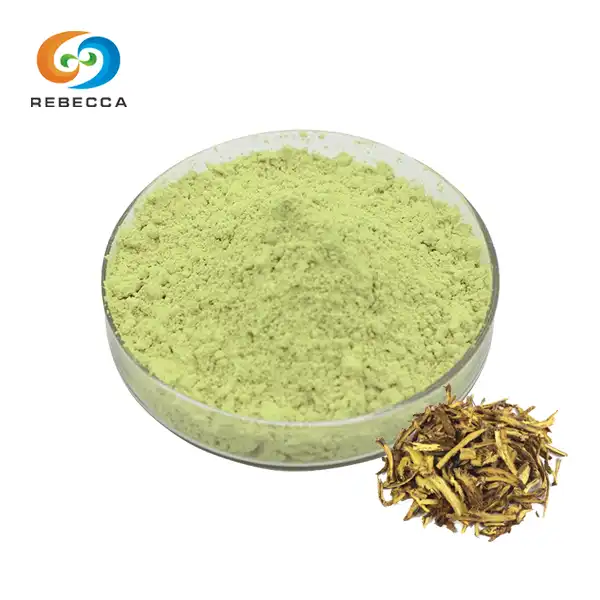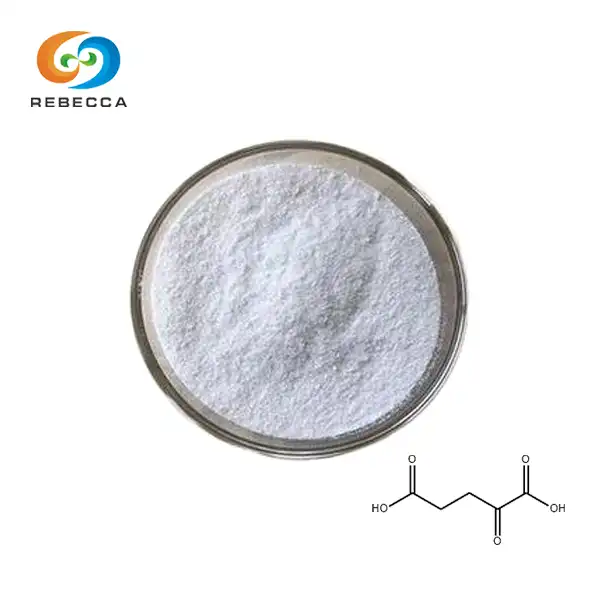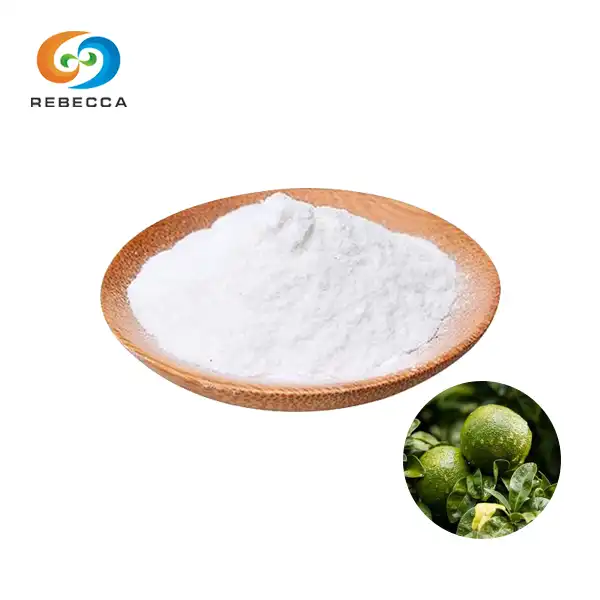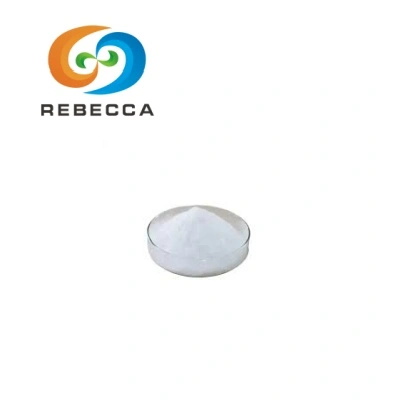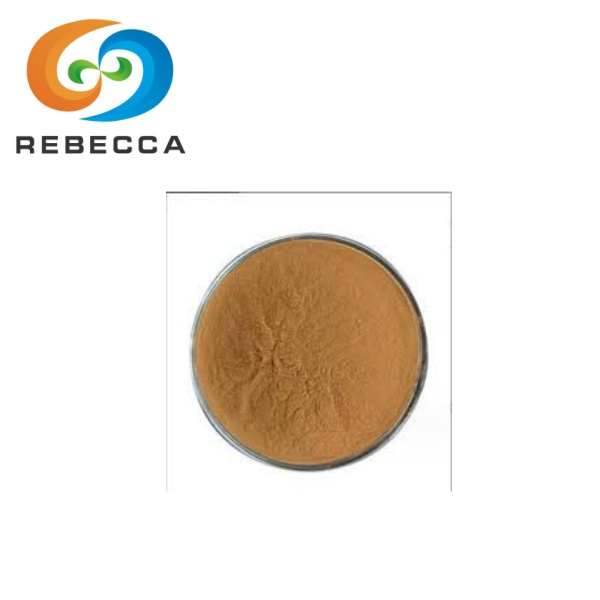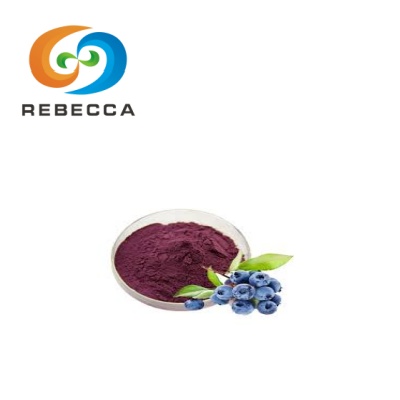Methods to increase curcumin oral bioavailability
Curcumin, the active compound in turmeric, offers numerous health benefits but faces challenges with oral bioavailability. This article explores innovative methods to enhance curcumin absorption, focusing on nanoformulations, piperine combination, and liposomal technology. These approaches aim to maximize the potential of curcumin extract powder, improving its effectiveness as a dietary supplement.
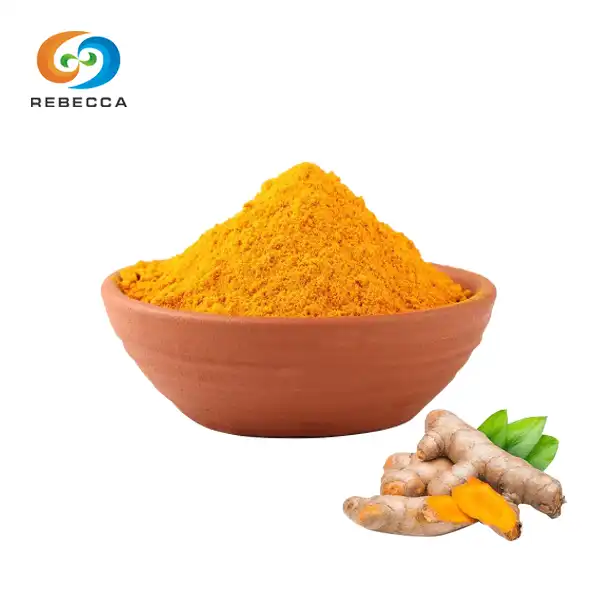
【English name】: Curcumin
【Latin Name】: Curcuma longa L.
【CAS No.】: 458-37-7
【Molecular Formula】: C21H20O6
【Active ingredients】: Curcumin, demethoxycurcumin, bisdemethoxycurcumin.
【Specification】: 10%~ 95% CP/EP/USP
【Use Part】 : Subterranean rhizome
【Appearance】: Orange yellow powder
【Mesh size】:80 Mesh
【Test Method】: HPLC
Nanoformulations: Enhancing curcumin absorption in the body
Curcumin nanoparticles: Size matters for bioavailability
Nanoformulations represent a groundbreaking approach to increasing curcumin oral bioavailability. By reducing curcumin particles to nanoscale dimensions, typically between 1-100 nanometers, researchers have observed significant improvements in absorption rates. These minuscule particles exhibit enhanced solubility and permeability, allowing for better interaction with cellular membranes and increased uptake by the body.
Studies have shown that curcumin nanoparticles can achieve bioavailability levels up to 27 times higher than conventional curcumin formulations. This dramatic increase is attributed to the particles' ability to bypass certain physiological barriers and resist rapid elimination from the body. As a result, nanoparticle formulations of curcumin extract powder can deliver more of the active compound to target tissues, potentially amplifying its beneficial effects.
Nanoemulsions: Boosting curcumin's solubility and absorption
Nanoemulsions represent a third nanoformulation strategy for enhancing curcumin bioavailability. These systems consist of oil droplets containing curcumin, dispersed in an aqueous medium and stabilized by surfactants. The resulting nanoemulsion droplets typically range from 20-200 nanometers in size, providing an increased surface area for absorption.
Studies have demonstrated that curcumin nanoemulsions can achieve bioavailability improvements of up to 85 times compared to standard curcumin preparations. This remarkable enhancement is attributed to the nanoemulsions' ability to increase curcumin solubility, protect it from degradation, and facilitate its transport across intestinal membranes. Nanoemulsion technology holds significant potential for developing highly bioavailable curcumin extract powder formulations for various applications in the nutraceutical and functional food industries.

Combining curcumin with piperine for improved bioavailability
Piperine: The bioavailability enhancer from black pepper
Piperine, the primary bioactive compound in black pepper, has emerged as a powerful enhancer of curcumin bioavailability. This alkaloid inhibits certain enzymes responsible for metabolizing curcumin in the liver and intestines, effectively slowing down its breakdown and elimination from the body. By prolonging curcumin's presence in the bloodstream, piperine allows for increased absorption and utilization of this beneficial compound.
Research has shown that combining curcumin with piperine can increase its bioavailability by up to 2000%. This dramatic enhancement makes the curcumin-piperine combination a popular choice for supplement manufacturers seeking to maximize the efficacy of their curcumin extract powder products. The synergistic effect of these two natural compounds offers a simple yet effective solution to the bioavailability challenge.
Optimal curcumin-piperine ratios for maximum absorption
Determining the ideal ratio of curcumin to piperine is crucial for achieving optimal bioavailability enhancement. While various ratios have been studied, research indicates that a curcumin to piperine ratio of 100:1 provides significant improvements in absorption. This translates to approximately 5-10 mg of piperine per 500-1000 mg of curcumin.
It's important to note that individual responses may vary, and some studies have explored different ratios. However, the 100:1 ratio serves as a widely accepted benchmark in the nutraceutical industry for formulating curcumin-piperine supplements. Manufacturers of curcumin extract powder often adhere to this ratio to ensure their products deliver maximum bioavailability benefits to consumers.
Synergistic effects: Beyond just increasing bioavailability
The combination of curcumin and piperine offers benefits beyond enhanced bioavailability. Both compounds possess antioxidant and anti-inflammatory properties, potentially leading to synergistic effects when consumed together. This synergy may contribute to improved overall health outcomes and increased efficacy in supporting various bodily functions.
Studies have suggested that the curcumin-piperine combination may offer enhanced benefits for cognitive function, joint health, and cardiovascular support compared to curcumin alone. As research in this area continues to evolve, the potential for developing more effective and targeted curcumin-based supplements using this synergistic approach remains an exciting prospect for the nutraceutical industry.
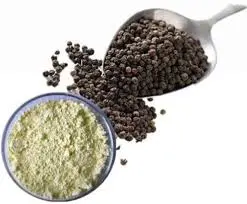
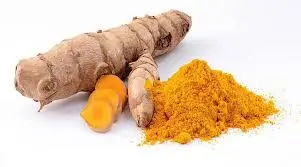
Liposomal curcumin: Oral delivery
Liposome technology: Protecting curcumin from degradation
Liposomal technology represents a significant advancement in curcumin delivery systems. Liposomes are microscopic vesicles composed of phospholipid bilayers that encapsulate curcumin molecules. This structure mimics natural cell membranes, providing a protective barrier against degradation in the gastrointestinal tract and enhancing curcumin's stability during transit through the body.
Research has demonstrated that liposomal curcumin formulations can increase bioavailability by up to 46 times compared to standard curcumin preparations. This substantial improvement is attributed to the liposomes' ability to shield curcumin from harsh stomach acids and enzymes that typically break down the compound before it can be absorbed. As a result, more intact curcumin reaches the small intestine, where it can be effectively absorbed into the bloodstream.
Enhanced cellular uptake of liposomal curcumin
One of the key advantages of liposomal curcumin is its enhanced ability to penetrate cell membranes. The phospholipid structure of liposomes allows them to fuse with cellular membranes, facilitating direct delivery of curcumin into cells. This improved cellular uptake translates to higher intracellular concentrations of curcumin, potentially amplifying its beneficial effects at the cellular level.
Studies have shown that liposomal curcumin exhibits superior cellular absorption compared to non-liposomal formulations. This enhanced uptake may lead to more pronounced antioxidant and anti-inflammatory effects within cells, contributing to the overall efficacy of curcumin-based supplements. Manufacturers of curcumin extract powder are increasingly exploring liposomal technology to develop products with improved bioavailability and cellular targeting capabilities.
Sustained release: Prolonging curcumin's effects in the body
Liposomal curcumin formulations offer the additional benefit of sustained release properties. The phospholipid bilayers of liposomes gradually break down in the body, releasing curcumin over an extended period. This controlled release mechanism helps maintain consistent levels of curcumin in the bloodstream, potentially prolonging its beneficial effects.
Research indicates that liposomal curcumin can maintain elevated blood levels for up to 8 hours, compared to 1-2 hours for standard curcumin formulations. This extended duration of action may contribute to improved efficacy and reduced dosing frequency for curcumin-based supplements. As a result, liposomal technology is becoming an increasingly popular choice for manufacturers seeking to develop long-acting curcumin extract powder products.
The quest to enhance curcumin oral bioavailability has led to significant advancements in formulation technologies. Nanoformulations, curcumin-piperine combinations, and liposomal delivery systems have emerged as effective strategies for improving the absorption and utilization of this beneficial compound. These innovative approaches offer promising solutions for maximizing the potential of curcumin extract powder in various health and wellness applications. As research continues to evolve, we can expect further refinements and novel techniques to emerge, paving the way for more effective curcumin-based products in the future.
China Curcumin Extract Powder Supplier
Shaanxi Rebeccia is a leading supplier of high-quality curcumin extract powder, committed to delivering premium products that meet the highest industry standards. Our state-of-the-art production facility employs advanced extraction, separation, and purification equipment, ensuring the utmost quality and consistency in every batch. Operating under strict GMP and ISO standards, we maintain rigorous quality control measures throughout our entire production process.
Our curcumin powder (CAS No. 458-37-7) is available in various specifications, ranging from 10% to 95% curcuminoids, complying with CP/EP/USP standards. The product is derived from the subterranean rhizome of turmeric and appears as an orange-yellow powder with a mesh size of 80. We offer flexible packaging options and can accommodate various order quantities to meet your specific needs.
For inquiries about our curcumin or to discuss your custom formulation requirements, contact us at information@sxrebecca.com. Our team of experts is ready to assist you in finding the perfect curcumin solution for your products, backed by our commitment to quality, innovation, and customer satisfaction.
References
- Anand, P., et al. (2007). Bioavailability of curcumin: problems and promises. Molecular Pharmaceutics, 4(6), 807-818.
- Prasad, S., et al. (2014). Recent developments in delivery, bioavailability, absorption and metabolism of curcumin: the golden pigment from golden spice. Cancer Research and Treatment, 46(1), 2-18.
- Jäger, R., et al. (2014). Comparative absorption of curcumin formulations. Nutrition Journal, 13(1), 11.
- Schiborr, C., et al. (2014). The oral bioavailability of curcumin from micronized powder and liquid micelles is significantly increased in healthy humans and differs between sexes. Molecular Nutrition & Food Research, 58(3), 516-527.
- Shoba, G., et al. (1998). Influence of piperine on the pharmacokinetics of curcumin in animals and human volunteers. Planta Medica, 64(04), 353-356.
- Purpura, M., et al. (2018). Analysis of different innovative formulations of curcumin for improved relative oral bioavailability in human subjects. European Journal of Nutrition, 57(3), 929-938.
